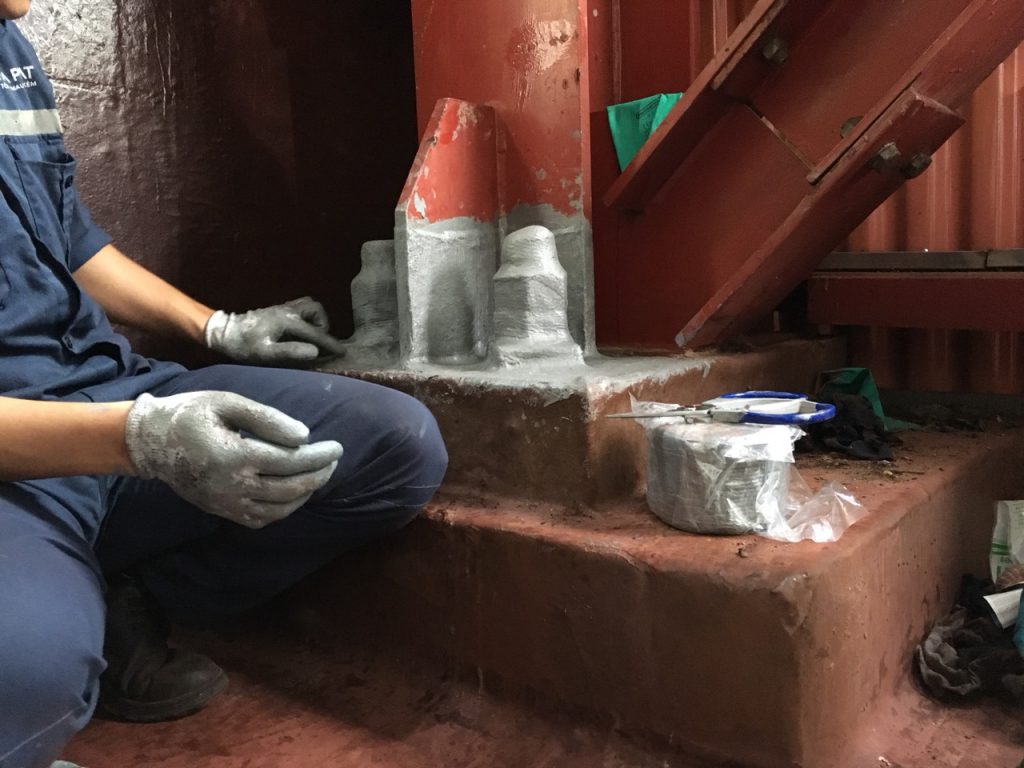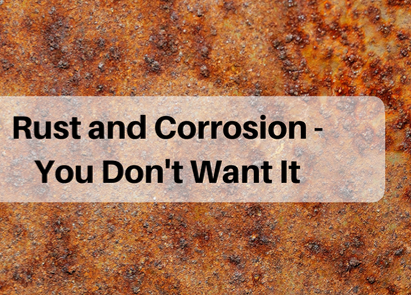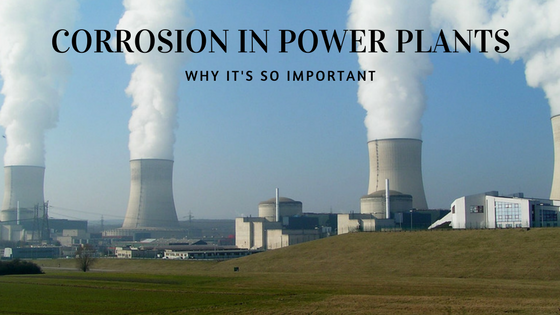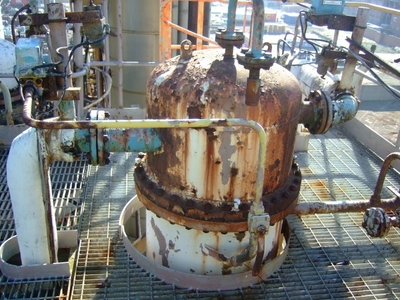How is corrosion prevented?




Corrosion, the plant operators’ headache

Chính sách thanh toán - Chính sách khiếu nại - Chính sách vận chuyển - Chính sách đổi trả và hoàn tiền - Chính sách bảo hành - Chính sách bảo mật thông tin
CÔNG TY TNHH VINA TRADE SYNERGY
GPKD số 0107475020 do Sở KH và ĐT TP Hà Nội cấp ngày 16/02/2016
Địa Chỉ: Thôn Yên Khê, X. Yên Thường, H. Gia Lâm, Tp. Hà Nội